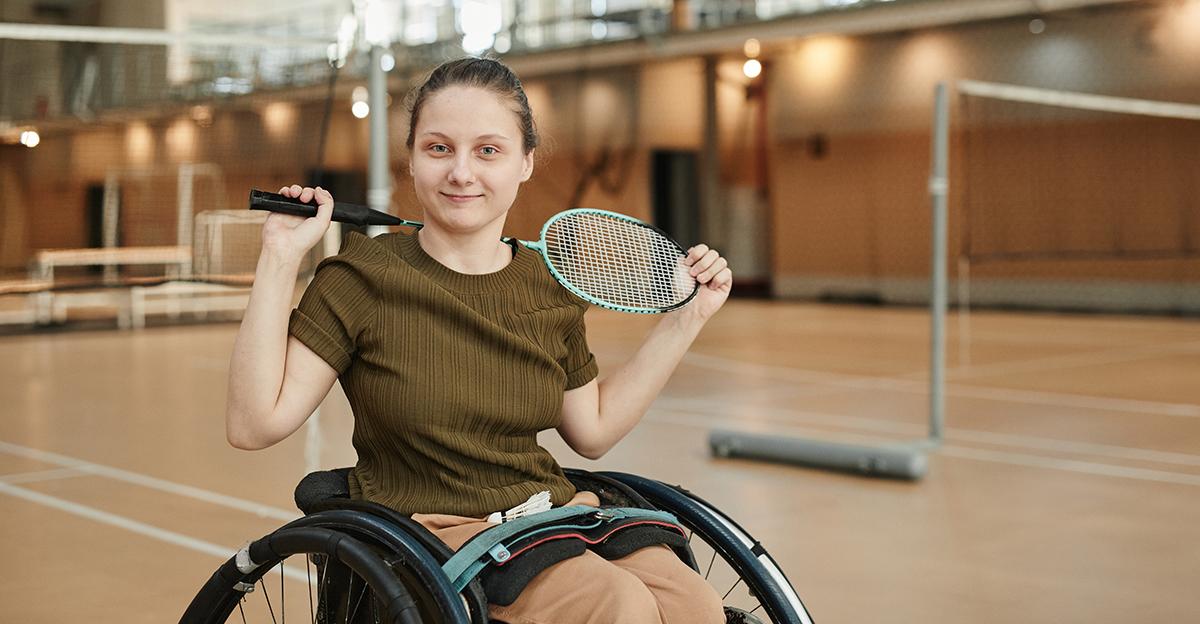Janie, age 8, uses forearm crutches to get around her school. Though it takes her a bit longer to make it down the hall, she can generally keep up with her friends and loves her school. Alfredo, age 15, uses a wheelchair for his mobility and does a great job taking care of himself and getting to his classes. Janie and Alfredo have spina bifida, and in both cases, their families and schools have made accommodations to adapt curriculum, environment, and education to meet their unique learning and physical needs.
Spina bifida is a birth condition where the backbone and membranes around the spinal cord, or neural tube, don’t close completely. There are three main types: Spina bifida occulta, meningocele, and myelomeningocele.
The most common site of the opening is the lower back. Occulta is mild and may include a swelling, hairy patch, or dark spot on the back. Meningocele can cause mild problems, as there is also a sac of fluid in the same spot. Myelomeningocele, or open spina bifida, is the most severe form and often the form being referred to when using the term spina bifida. Associated problems might show challenges in walking, bladder control, hydrocephalus, and even latex allergies.
Physical activity challenges for children and adults with spina bifida can make it difficult for them to lead an active lifestyle. But everyone can benefit from support, creativity, and a passion for movement.
Let’s look at some key areas to consider the physical needs of individuals with spina bifida in your school.
Accessibility
Is the environment accessible? Can bathrooms, sinks, and toilets be accessed? Are physical education programs inclusive? Are the right mobility devices chosen based on current physical limitations, and do they fit properly?
Range of Motion
With limited movement, usually in the lower body, it’s important to address positioning (seating, standing if able, and lying down) so that respiration, socialization, digestion, and bone structure are not compromised. This means ROM (Range of Motion) is an important daily activity.
Starting with the legs and lower trunk, each joint must be stretched to elongate shorted muscles (which may occur with prolonged sitting in wheelchairs) or maintain the length of muscles within normal range. A skilled physical therapist can introduce some proper range of motion techniques. Props such as bolsters and wedges help create a prolonged stretch or proper position.
Strengthening
Upper body strengthening is crucial for those using wheelchairs or assistive devices for walking. Activities such as pushups, pullups, conditioning, and even ball play can be used to tone and strengthen the upper body. Wheelchair exercises can be incorporated into physical education or exercise classes. For those who can stand, using a standing frame or aid daily can help improve muscle and bone strength.
Aerobics
Cardiovascular activity can be challenging, but it is imperative. Benefits include good heart health, respiration, circulation, and mental wellness. Wheelchair activities such as pushing, wheelchair basketball, and wheelchair races are just a few examples.
Balance Challenge
This inclusive activity integrates sensation and motor abilities. Balance requires the use of both sides of the body and the brain. Practice balance using items such as pillows, rocking boards, balance beams, rocking chairs, bicycles, scooters, and swings. Balance can be challenged and mastered so that day-to-day activities such as walking, stepping, reaching, climbing, and jumping are performed at their best level.
Coordination
Coordination is the ability to orchestrate our muscles to perform specific tasks. These include getting dressed, throwing, catching, or kicking a ball, dancing, playing games, and even skills such as handwriting. Practice and master skills by using tools and toys to encourage coordination.
Coordination can be accomplished at a table with activities such as playing with putty, building with Legos, cooking, playing with magnetic tiles, and doing an art activity. It can also be accomplished through heavy work activities such as vacuuming, washing dishes, emptying trash, making a bed, or wiping down surfaces. Do not minimize an individual’s ability to perform such tasks based on their current ambulatory status. Everyone deserves the right to work hard!






Leave a Reply